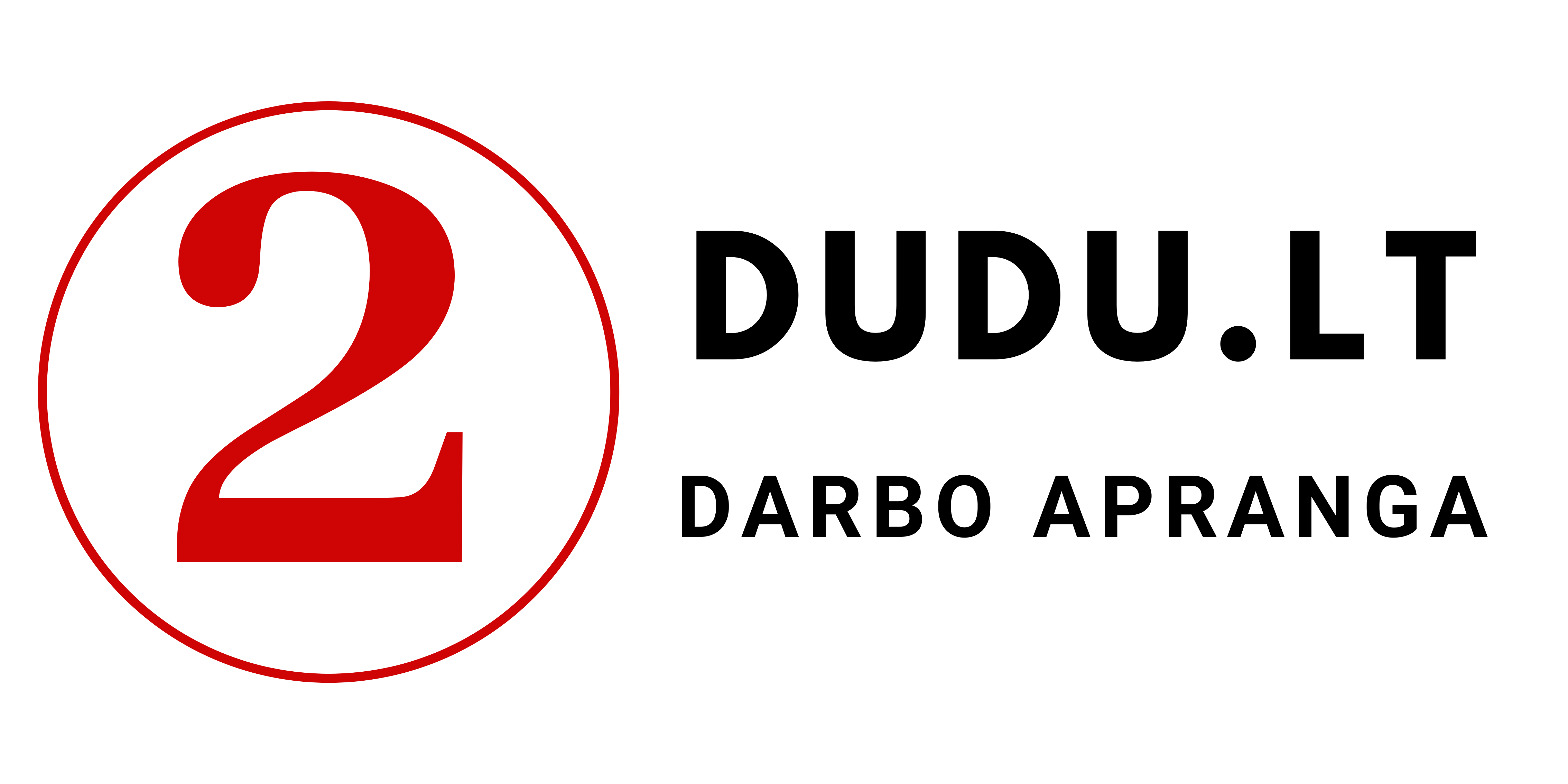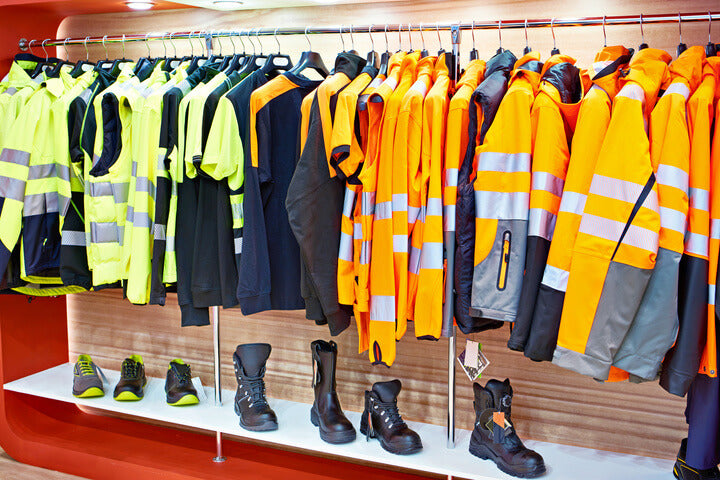Protective clothing is essential to protect workers in various industries, especially those performing hazardous or poorly lit tasks. Good visibility is one of the most important features of protective clothing, as it makes workers more visible to others and reduces the risk of accidents.
According to the European Union standard EN ISO 20471, high-visibility clothing must be designed to allow the wearer to stand out in all lighting conditions, especially at night and in conditions that make visibility difficult, such as smoke or fog. The standard also offers different visibility classifications based on the level of risk in the workplace.
The European standard for high-visibility clothing is EN ISO 20471. It is considered the global standard for high-visibility clothing and was developed by the International Organization for Standardization (ISO). The aim of the standard is to offer workers who are at risk when working near moving machinery or other mobile equipment a uniform level of protection.
The standard provides minimum specifications for high-visibility clothing, including garment design, functionality and testing. It also offers several visibility classes based on the level of risk in the workplace.
Class 1: This class is intended for use in low-risk environments, such as an office or construction site, where movement is minimal. It requires a minimum of 0.14 m² of fluorescent material and 0.10 m² of reflective material.
Class 2: This class is intended for use in medium-hazard environments, such as a construction site with heavy traffic or a warehouse. It requires a minimum of 0.50 m² of fluorescent material and 0.13 m² of reflective material.
Class 3: This class is intended for use in high-risk environments, such as a construction site with heavy traffic or a highway. It requires a minimum of 0.80 m² of fluorescent material and 0.20 m² of reflective material.
The standard also sets minimum requirements for color fastness and weather resistance of fluorescent and reflective materials, as well as minimum retroreflective properties of reflective materials used in high-visibility clothing.
Although compliance with the EN ISO 20471 standard is optional, many countries and companies have established a requirement for employees to wear high-visibility clothing that complies with this standard in order to protect professionals and reduce the likelihood of accidents.
In summary, EN ISO 20471 is a global standard that provides guidance on the design, functionality and testing of high-visibility clothing. It aims to ensure worker safety by offering a standardized level of protection and visibility.
Common high-visibility workwear includes coveralls, vests, jackets and blazers. The fluorescent construction of these garments reflects light, increasing the wearer's visibility to others. Reflective tape, which improves visibility by reflecting light back to its source, is also a common feature of high-visibility workwear.
When choosing high-visibility clothing, it is crucial to consider the specific requirements of your job, as well as the level of risk in your workplace.
It is also important to remember that high visibility workwear must be sized correctly if it is to continue to provide the visibility it was designed for. Fluorescent materials should be protected from direct sunlight to prevent fading, and reflective tape should be kept clean and undamaged.
We offer a wide selection of high visibility workwear that meets EN ISO 20471 - https://dudu.lt/collections/signaliniai-drabuziai . Our products are made from the highest quality components and are designed to ensure the highest level of comfort, safety and visibility. Browse our collection to find the ideal high visibility clothing to suit your needs.


